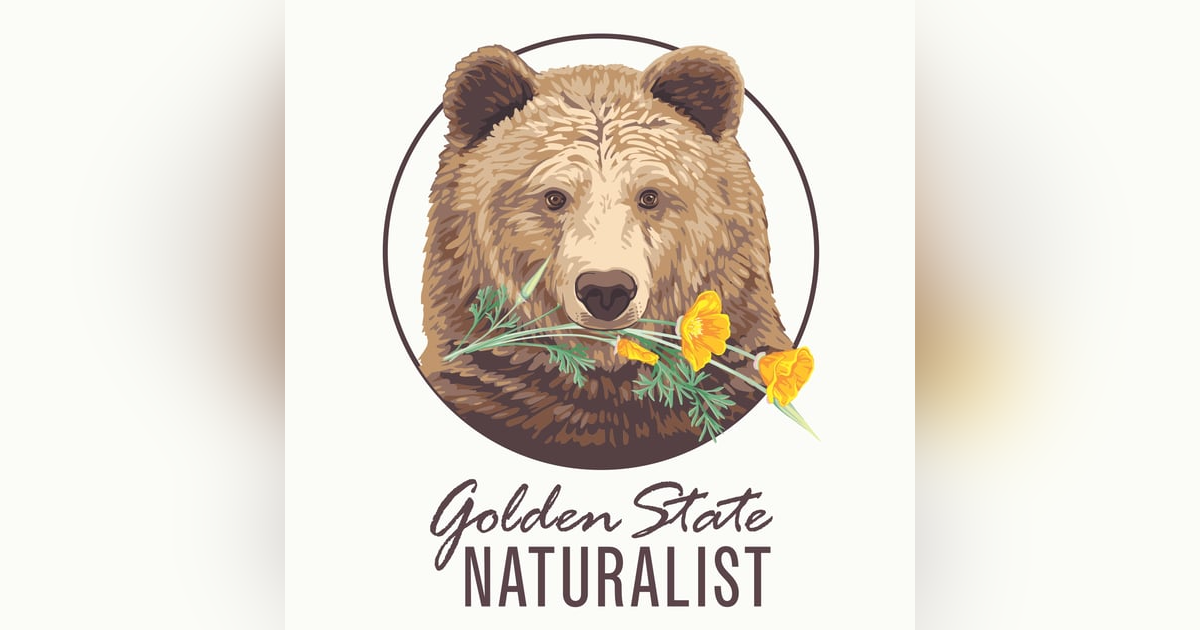Ice Age California with Sean Campbell


Have you ever wondered what was going on in California, oh, ten or fifty thousand years ago? About, perhaps, the social lives of saber-toothed cats, just how big giant ground sloths actually were, or the difference between a mammoth and a mastodon? Join me and Sean Campbell, Senior Paleontological Preparator at the La Brea Tar Pits in Los Angeles, California, as we explore what California and the world were like at the last glacial maximum.
Handy Links:
La Brea Tar Pits: https://tarpits.org/
Island Living Can Shrink Humans: https://www.science.org/content/article/island-living-can-shrink-humans
Saber-toothed animals: https://www.livescience.com/54130-saber-toothed-animals.html
Extremophile Microbes: https://www.sciencedaily.com/releases/2007/05/070510151916.htm
Diatoms: https://diatoms.org/what-are-diatoms
You can find me on Instagram or Tiktok @goldenstatenaturalist
My website is www.goldenstatenaturalist.com
My Patreon page is www.patreon.com/michellefullner
The theme song is called "i dunno" by grapes, and it can be found here.
Note: This transcription was made by robots and may be a little wonky.























